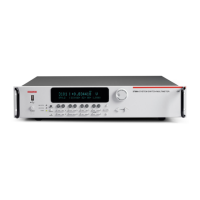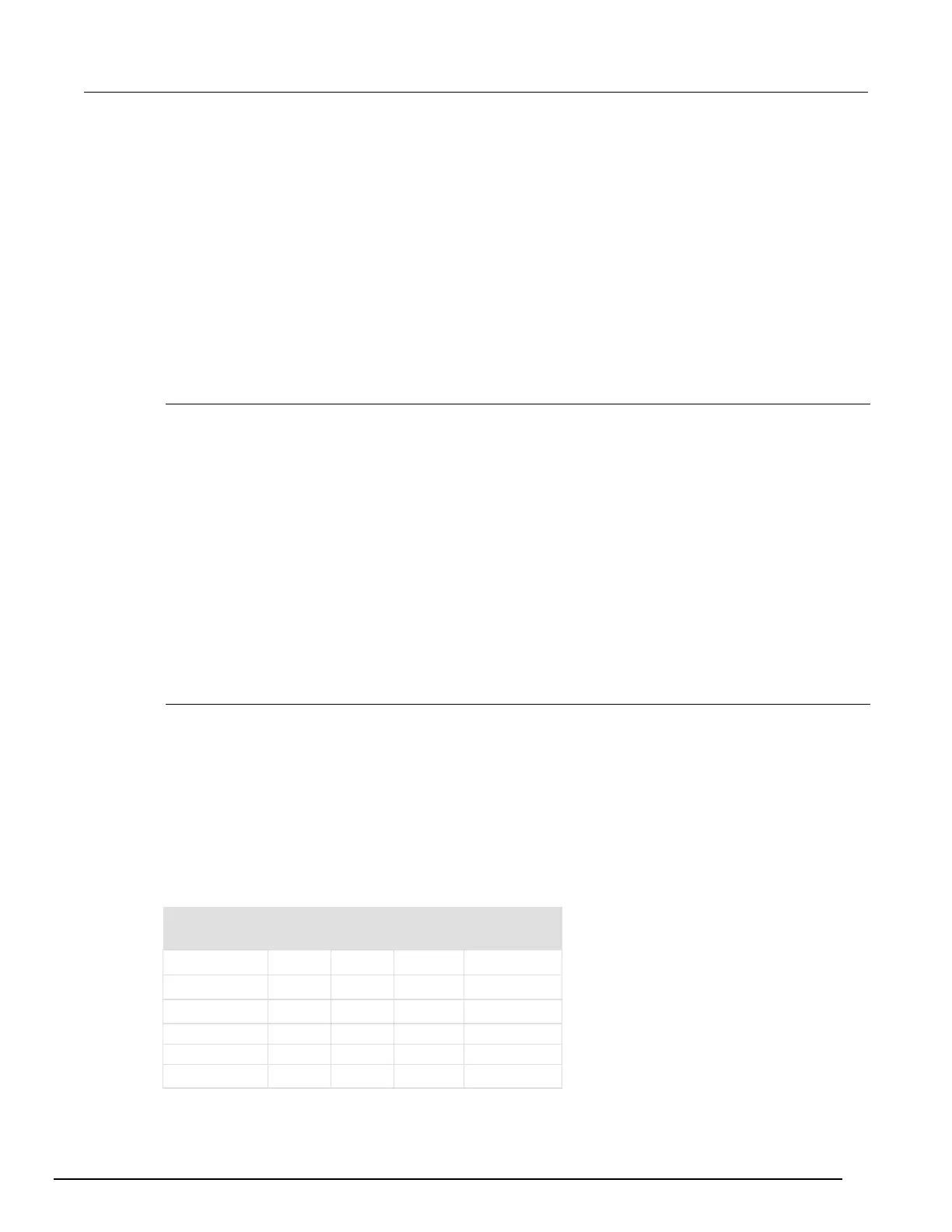Specifying a channel
The channels on the cards that you can use with the Series 3700A are referred to by a channel
specifier. You will use the specifier to identify channels for use with close and open operations, scans,
and channel patterns. The specifier is used for all interfaces (front panel, web, and remote
command).
A channel specifier is a four or five-digit alphanumeric sequence. The first digit is always the slot
number of the slot in which the card is installed in the instrument. The remaining digits vary
depending on the type of card.
The following sections describe the channel specifier in more detail and provide generic examples
(which may or may not be suitable for your installed cards).
Channel types
The channel types that are used to control relays include:
• Matrix
• Multiplexer (MUX)
• Backplane
• Digital I/O
• Totalizer
• Digital to analog converter (DAC)
The channel types that are available on a card are defined by the type of card. The documentation for
your card model lists the available channel types.
Specify multiple channel numbers using lists and ranges (a sequence of channel numbers). Lists and
ranges build on the individual channel specifier.
Matrix card channel specifiers
The channels on the matrix cards are referred to by their slot, bank, row, and column numbers:
• Slot number: The number of the slot in which the card is installed.
• Bank number: The bank number, if used by your card. See your card documentation.
• Row number: The row number is either 1 to 8 or A to Z. See your card documentation.
Column number: Always two digits. For columns greater than 99, use A, B, C and so on to represent
10, 11, 12, …; the resulting sequence is: 98, 99, A0, A1, …, A8, A9, B0, B1, …

